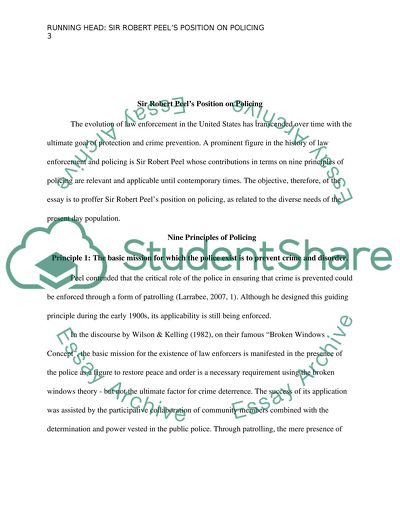Cite this document
(Sir Robert Peel's Concept of Community Policing in Today's Society Term Paper, n.d.)
Sir Robert Peel's Concept of Community Policing in Today's Society Term Paper. Retrieved from https://studentshare.org/law/1565933-sir-robert-peels-position-on-policing
Sir Robert Peel's Concept of Community Policing in Today's Society Term Paper. Retrieved from https://studentshare.org/law/1565933-sir-robert-peels-position-on-policing
(Sir Robert Peel's Concept of Community Policing in Today'S Society Term Paper)
Sir Robert Peel's Concept of Community Policing in Today'S Society Term Paper. https://studentshare.org/law/1565933-sir-robert-peels-position-on-policing.
Sir Robert Peel's Concept of Community Policing in Today'S Society Term Paper. https://studentshare.org/law/1565933-sir-robert-peels-position-on-policing.
“Sir Robert Peel's Concept of Community Policing in Today'S Society Term Paper”, n.d. https://studentshare.org/law/1565933-sir-robert-peels-position-on-policing.


